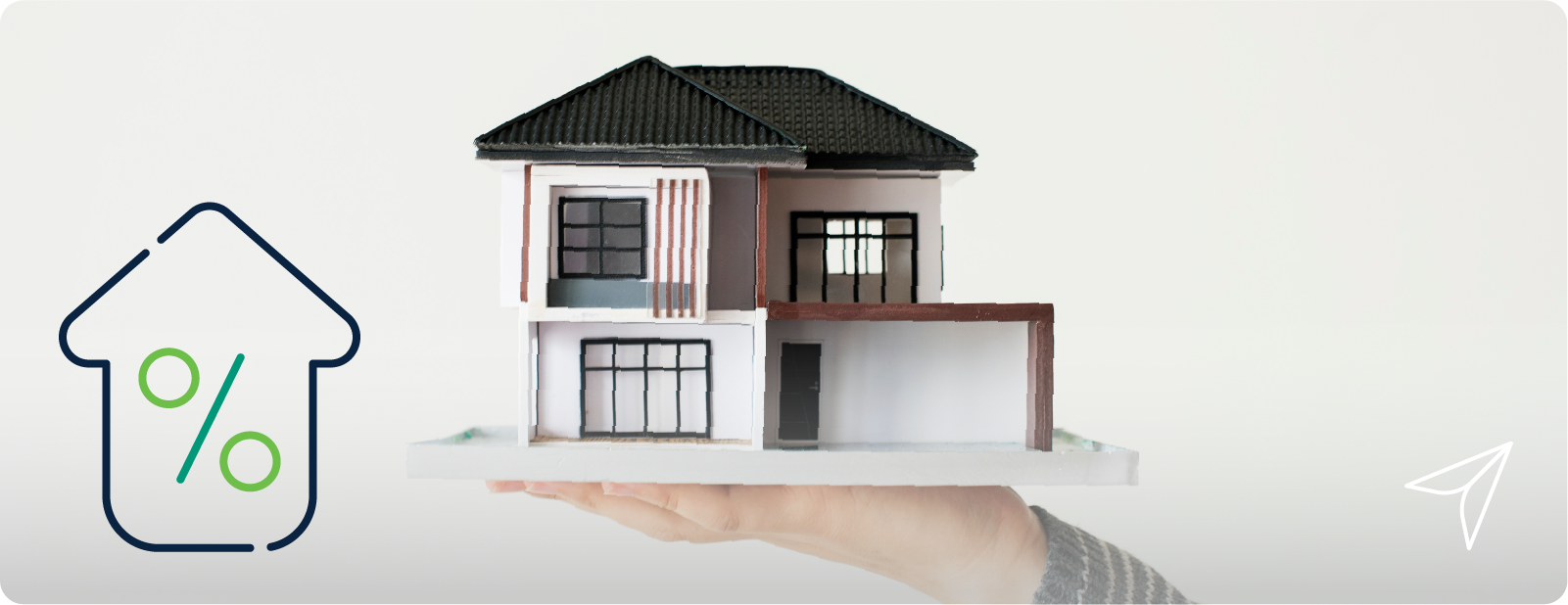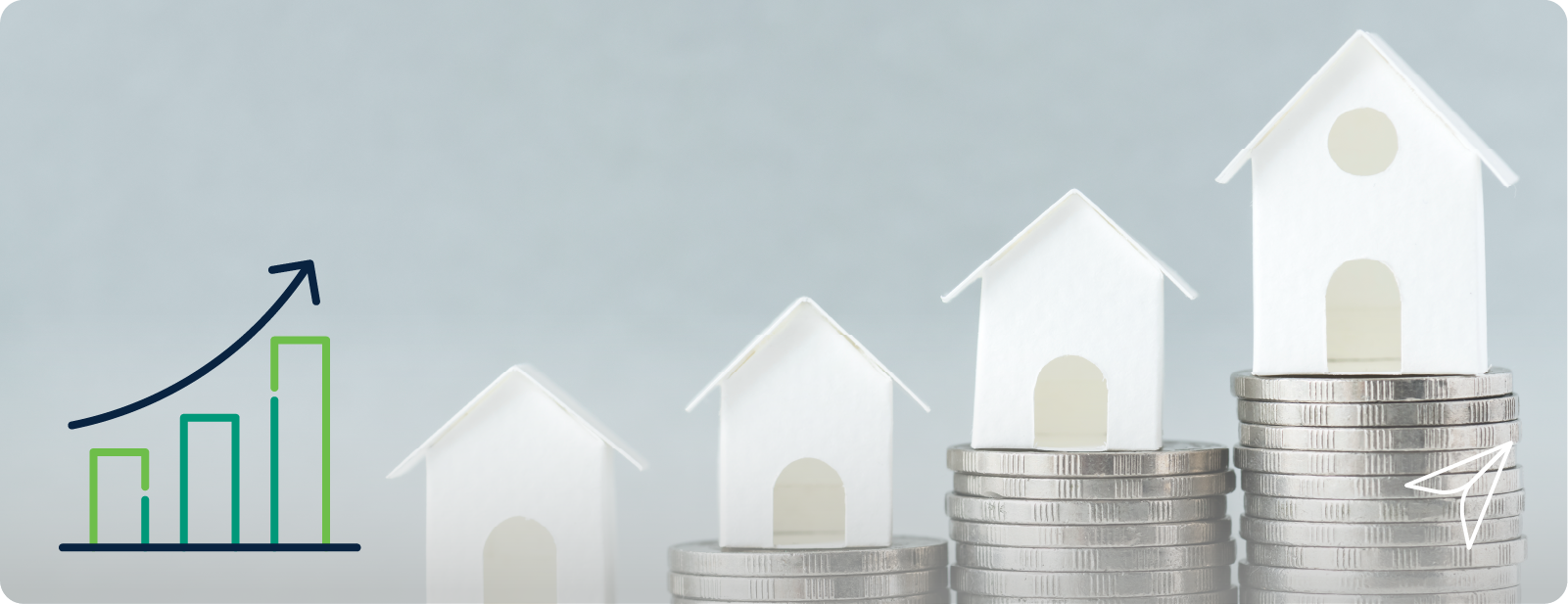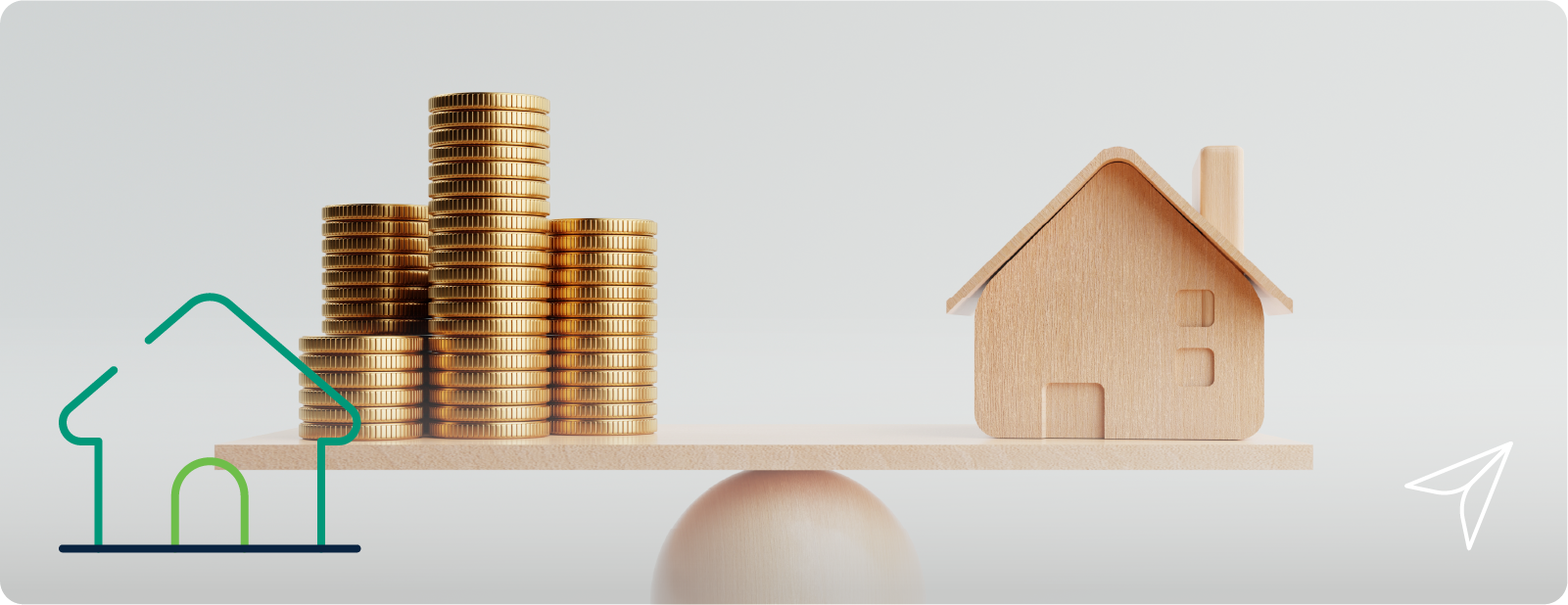Investment
Yield or Growth in property investing
A well managed property portfolio is one of the most reliable ways to build wealth for the long-term. While the concept may be simple, how you go about building and managing a successful portfolio can vary.
The differences can be both big and small. Big decisions you make about the goals and objectives for your portfolio, and the little decisions you make along the way to help you get there. Striking the balance between rental yield and capital growth will be very important in getting both right.
That’s because capital growth and rental yield are the two essential metrics for property investors, representing different outcomes when we talk about return on investment.


Rental yield
Rental yield is the annual rental income a property generates relative to its purchase price, expressed as a percentage. It’s a direct indicator of the amount of money you make on an investment property by measuring the gap between your overall costs and the income you receive from renting your property out.
It is the simplest way to identify the ongoing return on investment from renting out the property. The higher the rental yield, the more income you make from the property. It’s easily measurable and allows clear comparisons, so you know whether you’re getting the best results for your property.
Investors targeting high rental yields are usually income driven and look for properties in areas with strong rental demand, ensuring a steady income stream. On the other side, a negative rental yield means the expenses of your rental property are greater than the income you are making off the property. Essentially, making a loss. Negative gearing, as it would suggest, has a negative rental yield as you’re using the loss as a tax deduction.
Losing money on an investment may sound like a flawed way to build wealth, but some investors buy rentals with negative yields with a focus instead on making long-term capital gains, substituting small losses now for a bigger payoff down the road.

Capital growth
Capital growth is the increase in the property’s market value over time. How much it has appreciated since you bought it. You can calculate capital growth by finding the difference between the current market value of your investment and the price you initially purchased it for. What it’s worth now needs to be identified by a valuer, but there are plenty of great tools out there to help you understand what a property is worth.
Investors focusing on capital growth aim to buy properties in areas with strong potential for appreciation, intending to sell at a higher price later. They can either realise these gains or unlock the equity to build and grow their portfolio further.
Predicting how much a property will increase in value is not always straightforward. With such long time horizons in most cases, you want to make sure you’re getting the balance right so that you don’t compromise on one only to lose out on the other.

Getting the balance right
Investors don’t need to choose one or the other, but striking the balance can make all the difference.
The first step is making sure to understand your own specific goals before investing. Being clear on what you want, now and down the track is one of the most important parts of investing in property.
Every investor has a different reason to invest. Some want the extra cash of a high-yielding strategy to fund other activities, either in retirement or to have a more comfortable life now. Others are comfortable taking losses now with a desire for capital growth and a bigger payoff when it might be needed later.
However, it is always best to consider both pathways before investing in a property. Understanding what capital growth and rental yields you can achieve will help you when planning what to do with the property in the future.
For now, do the work on your finances to understand what’s important to you. Consider whether you need income now or whether you can supplement your lifestyle with other sources. Map out a reasonable and sustainable timeline for holding the property, as you see it now. Things can change, so being honest with yourself and building in buffers can prevent a lot of heartache in the future.
Also understand how involved you want to be with your investment, whether you want a ‘set and forget’ arrangement or to be actively managing your portfolio and tweaking as you go.
Finally, be clear on your risk appetite. Property investing is one of the most reliable and proven vehicles for building long-term wealth there is, but it’s not without its risks and challenges. Capital growth may not reach the heights of your expectations and rent is never guaranteed. Be honest with yourself on what you’re willing to accept.
Ultimately, both rental yield and capital growth are levers to be pulled and managed as part of a balanced and diversified portfolio. The aim is to achieve a total return, a portfolio which will cover your costs, fund your lifestyle and won’t rely on you subsiding your mortgage that still sets you up for future capital appreciation.

Ready to take the first step?
Each individual’s circumstances are different and an experienced property investment expert can help you navigate the situation that’s right for you. Get in touch with our team to discuss your property goals and let us show you the way to build real long-term wealth through smart property investing.
Recent articles

Experience the navigator way
The right home needs the right loan and our experienced team can help you get there.
Get in touch
An experienced team dedicated to making your financial dreams come true. Get in touch to experience the best way to build wealth through property.
Office hours
-
Monday to Friday:
9:00am to 5:30pm
Ask us how
Take the next step in building the lifestyle you want through a well managed property portfolio. Our team are ready to help you build wealth for the long-term.








